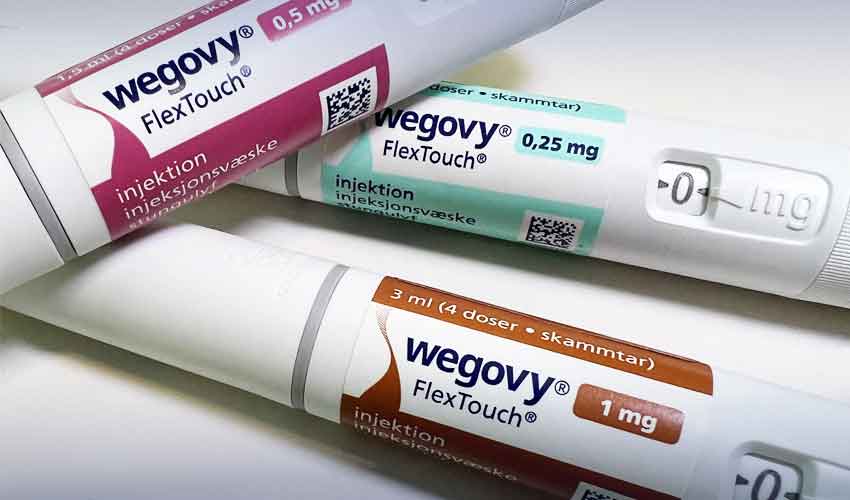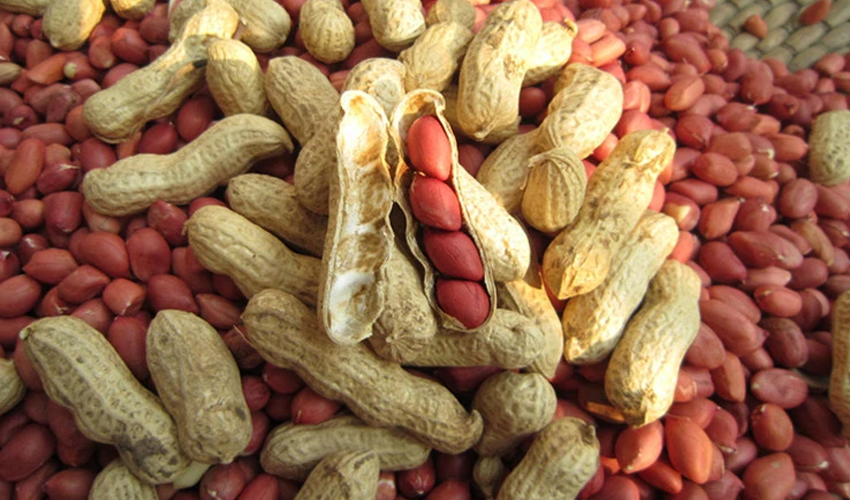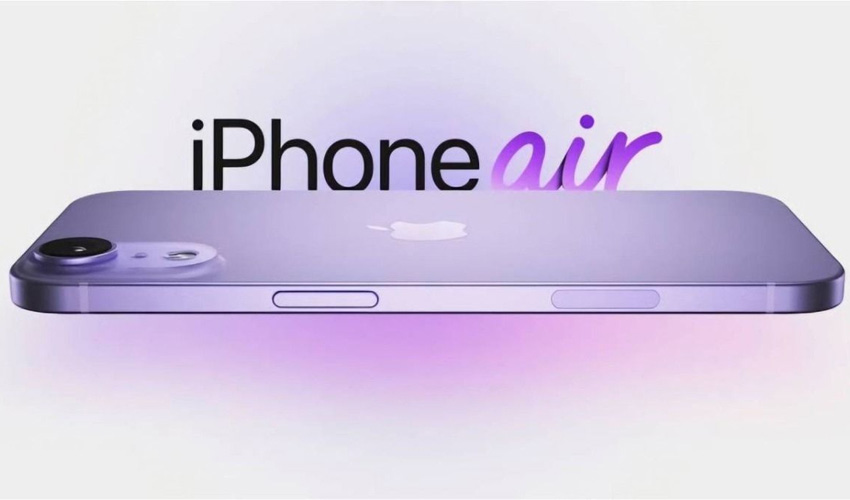In the constantly expanding weight-loss medicine sector, pharmaceutical giants Eli Lilly and Novo Nordisk are competing fiercely. The focus of this debate is gradually turning from efficacy to availability in pharmacies, as both corporations struggle to meet the extraordinary demand for their respective medications.
Eli Lilly’s Zepbound, which entered the U.S. market in December 2023, has swiftly captured a notable 40% market share, with prescriptions hitting approximately 130,000 as of mid-July. This is a significant achievement, given that Novo Nordisk’s Wegovy, the more established competitor, commands a higher number of weekly prescriptions, around 200,000. Despite Zepbound’s slight edge in average weight loss outcomes, both drugs face critical supply shortages that are impacting their accessibility.
Dr. Eduardo Grunvald, an obesity medicine specialist at the University of California, San Diego, summarizes the current situation: "The reality we live in right now is that we are beholden to these supply issues."
Several obesity specialists in the United States agree with this sentiment, admitting to prescribing whatever treatment is available, even if it means patients may have to switch prescriptions. Scarcity has resulted in a situation in which drug selection is frequently determined by availability rather than personal preference or efficacy.
Both corporations have acknowledged the supply limitations. Novo Nordisk has updated its website to advise patients that, while efforts are being made to address supply difficulties for Wegovy, demand continues to exceed availability. Meanwhile, Eli Lilly's CEO has pledged that the Zepbound shortfall will be resolved shortly, despite the fact that the United States Food and Drug Administration (FDA) continues to designate it as a shortage. The FDA is engaging with Lilly to maintain supply stability, but the medicine is still on the shortage list.
Market analysts predict a near-equal division of the U.S. weight-loss drug market by the end of 2024, with Lilly expected to close the gap as it ramps up production. The future of this market looks promising, with projections suggesting it could reach $150 billion annually by the early 2030s.
Both companies are heavily investing in increasing manufacturing capacities and expanding their presence into new international markets. Lilly is focusing on Britain, Germany, Saudi Arabia, and the UAE, while Novo Nordisk is entering Australia, Canada, and Spain.
Despite these developments, the United States market, where more than 70% of Americans are obese or overweight, remains the most profitable. Analysts note that the actual driver of outcomes for both companies is now fixing supply difficulties rather than addressing demand. However, the advent of more effective or convenient pharmacological formulations in the future, such as oral versions, has the potential to substantially change the competitive landscape.
As the war continues, patients and healthcare professionals will be at the mercy of supply dynamics. For the time being, Lilly and Novo Nordisk's competition highlights a crucial issue in the pharmaceutical industry: the necessity to strike a balance between innovation and the ability to efficiently address market demands.



























